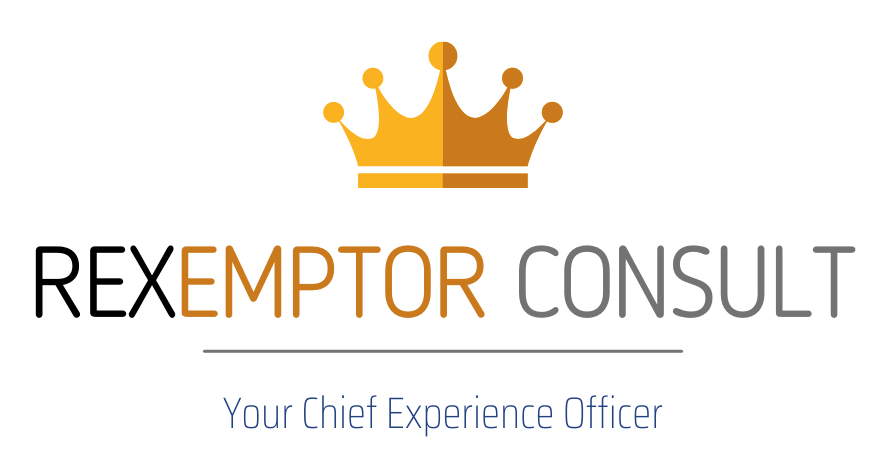Transactions To Experiences Based Engagement

The advent of the Internet and Social Media has disrupted the way business is conducted. Every aspect of an enterprise’s demand and supply chain has been impacted by the advent of new digital interventions. From the world of physical stores to a “phygital” world, from post-facto data inferences to real-time data insight; from a single channel of customer interaction to multiple such channels; from competition with similar DNA to competition from digital natives with innovative business models – the game has changed for enterprises forcing them to build and adopt digital capabilities to drive positive business outcomes. This is the only way to stay relevant in today’s digital world.
The new world order has also completely transformed the consumer-enterprise equation. Consumers today are truly empowered. Online channels & devices, and the rise of social media and penetration of smart phones, ushered in an era of “always connected” consumers who are more informed, instinctive and influential than ever before. So, what has changed?
- The consumer today engages with an enterprise when she wants, where she wants and how she wants
- The consumer today is awash with data and information. She probably knows more about the product/service than the brand representative at the touch point
- The consumer today trusts fellow-consumers’ reviews more than brand messaging
- The consumer today is ready to speak to the brand about the brand
- Quite simply, the focus has moved on from simple, solo “transactions” to more evolved and series of “engagements”
How can enterprises recalibrate their approach to manage consumer relationships better? To start with, they need to acknowledge a few facts:
- Marketing to the new consumer in not just a business function within a silo rather is an enterprise-wide business philosophy.
- The new consumer relationship model is based not on one-way transactions rather on multiple, two-way experiences
- The empowered consumers of today seek seamless engagement experiences at each of the multiple touchpoints
- Consumers are not liable to demonstrate their affinity to you but would like to be acknowledged and even rewarded, when they do
- You will have to demonstrate loyalty to consumers by aligning to their need with superior products/services at any given point in time
- Last but not the least, you will need to incorporate relevant technology into your consumer engagement business strategy to be able to drive the planned positive business outcomes
This clearly means the old tenets of consumer loyalty and engagement will have to be re-engineered in light of the new realities. In an August 2018 Global CIO Survey by Deloitte, ninety-six percent of the executives surveyed identified digital as a strategic priority, at either a functional or organization level and “customer experience & engagement” was one of the top 2 drivers of this digital focus. So, how does an enterprise build a credible consumer experience and engagement framework?
- Start with redrafting your understanding of your customers. Identify the target personas with clear characteristics
- Map each persona’s customer journeys – from the time they identify a need to the evaluation process to them acquiring the product/service to their interactions with you for service and support, to them being your advocate in an indication of affinity/loyalty
- Identify the department/function within the enterprise that is the primary function at each of the journey touch-points – remember marketing is an enterprise-wide (and not the Marketing department only) responsibility
- Adopt technology that enables each of the touch-point interactions to be recorded
- Each of these micro-moments need to dovetail into building a comprehensive 360-degree view of the consumer’s engagement with the enterprise.
- Leverage deep analytics to glean real-time consumer insight that can be used to deliver value propositions that are relevant, personalized, timely and differentiated. The goal is to showcase your intent to maximize the RoE (Return on Engagement) for the consumer such that they become your advocates
Very clearly, putting in place and executing on the above customer experience and engagement framework requires, apart from rock-solid strategy, a very capable technology partner & platform that can:
- Act as a single source of all consumer engagement data – integrated with all the relevant touch-points. Integrations that facilitate real-time data exchange greatly enhances the ability of a brand to react to a consumer sentiment thus indicating an eagerness of the brand to be vigilant, honest and at the consumer’s service at all times.
- Help build a consumer lifecycle value (CLV) model that is hinged on not only transactions but also the behavioral and influences aspects of a consumer’s engagement. Consumers engage with brands in multiple ways across channels – at the store, on the e-commerce site, on the Facebook page, through the Instagram handle etc. – and they could influence a larger group of consumers on the positives of your brand through referrals, social communities etc.
- Make as many touch-point engagements rewarding for the consumer as possible – through old-fashioned gifting of “loyalty points” or the more contemporary, curated experiences (Kohl’s in the US “rewards” their top customers with the chance to be their models on the runway). The platform should be able to help build a bouquet of rewards and frame rules to ensure prompt delivery of such rewards when consumers become eligible for them. Gratification is best served instant!
- Help embrace complementing ecosystem partners into the program seamlessly thus significantly augmenting the value proposition of the program for the consumers
- Provide you real-time actionable insight across multiple parameters. Data without the ability to act on them is just dead information.
In a nutshell – in today’s digital, omni-channel world, to manage the relationships with the hugely empowered, connected consumers, one needs to craft an engagement strategy and partner with a technology platform that can enable such a strategy and deliver consistent experiences to consumers at all touch points, such that these consumers become your advocates. This is the only way an enterprise can remain relevant and thrive today.
This article also appears in the July-August 2019 edition of PhygitaL Vol. 1 No. 3.
References:
- “It’s time for CMOs to rally a cross-functional approach to customer experience”, Strategy + Business, July 19, 2019
- 10th Global Consumer Insights Survey 2019, PwC
